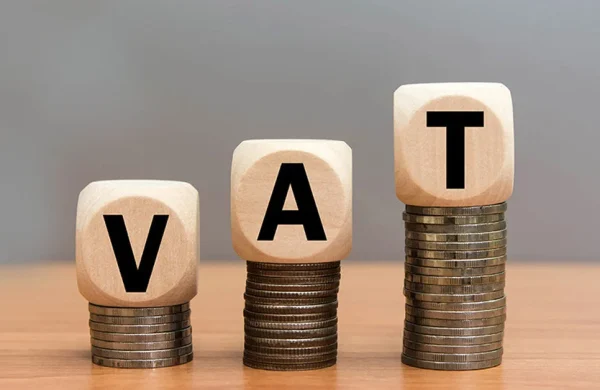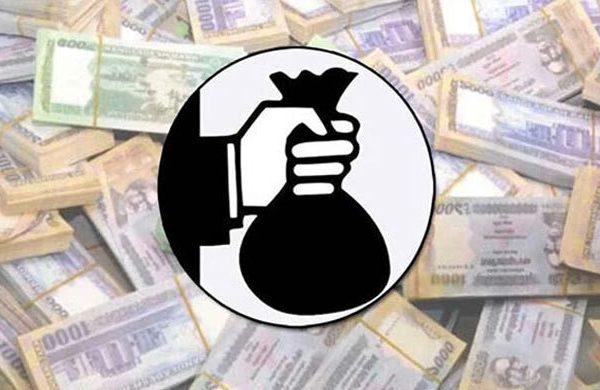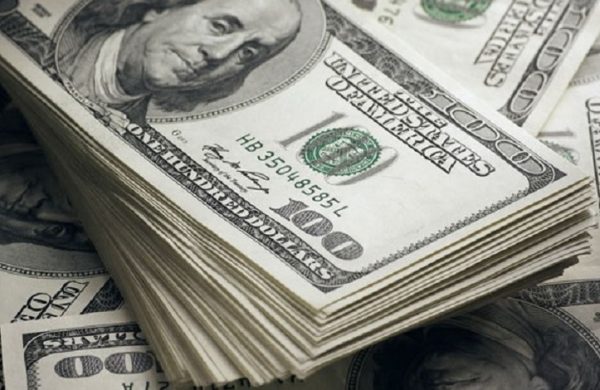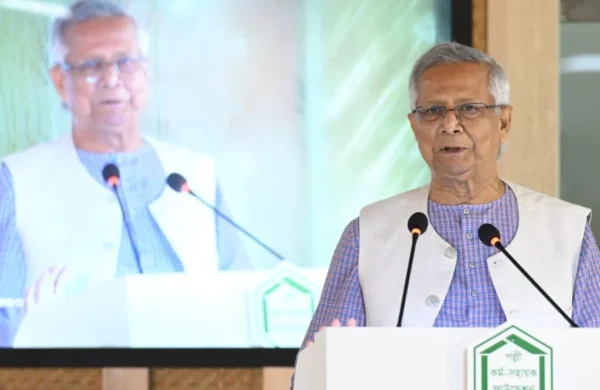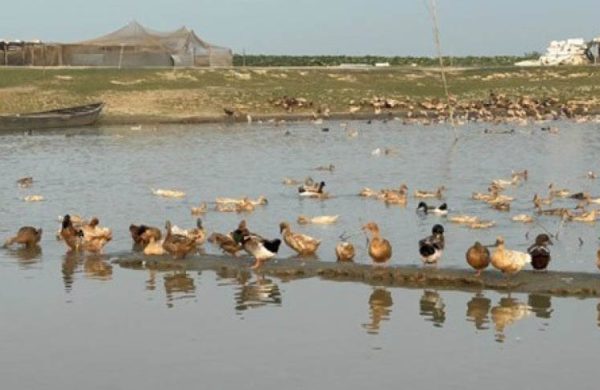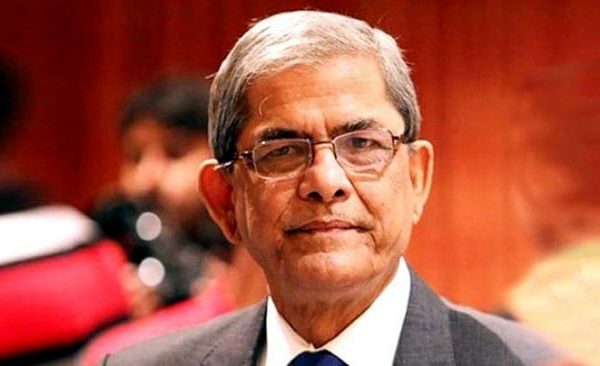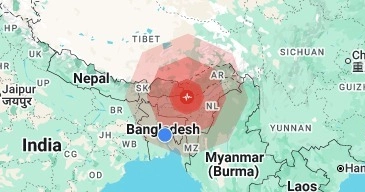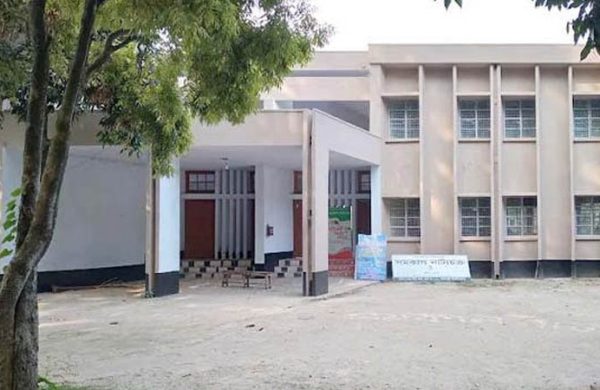Borrowing turns bitter as lending rates surge
- Update Time : Tuesday, April 22, 2025

TDS Desk:
From large industries to grassroot-level entrepreneurs, everyone is facing the harsh reality of high interest rates on bank loans, which in combination with the liquidity crisis is not only hindering business and trade but also worsening the overall situation.
According to the Bangladesh Bank data, in large industries the weighted average interest rate (WAIR) on loans stood at 7.74% in September 2023. By February 2024, it had increased to 10.08%, and by February 2025, the rate had surged further to 12.31%, reflecting a 4.57% point rise over one year and half.
The weighted average interest rate is a method of calculating the average interest rate when different interest rates apply to different amounts of principal.
In the SME sector, WAIR on loans stood at 7.49% in September 2023, which surged to 10.16% by February 2024, and increased further to 12.28% by February this year.
Meanwhile, WAIR in agriculture surged to 11.83% in February this year. One year earlier, in February 2024, it was 10% and in September 2023 the interest rate was 8.29%.
The overall banking sector’s weighted average interest rate in lending stood at 11.94% in February 2025, while it was 10.05% in February 2024, and 7.83% in September 2023.
Due to the soaring trend of WAIR, credit flow to private firms in February 2025 grew by only 6.82%, the lowest since at least 2015, according to the Bangladesh Bank statistics.
Industry insiders said since the adoption of a market-based interest rate system, no special concessions have been introduced for agricultural loans. As a result, farmers are now forced to borrow at higher interest rates than even large industrial groups, making it increasingly difficult for them to secure the financing they need. Large businesses typically enjoy preferential interest rates due to their long-standing relationships with banks and the sizable loans they secure. In contrast, farmers – who generally seek smaller loan amounts and lack sufficient collateral – are subject to higher interest charges.
On the other hand small and medium-sized enterprises (SMEs) are especially at risk. With already limited cash flow, increased loan repayments are putting additional strain on their finances.
Saleha Begum Brishti, a former bank employee who joined the Manipuri weaving industry in 2016, “At present, accessing bank loans has become increasingly challenging across the board. While small and medium-sized enterprises (SMEs) occasionally benefit from subsidised loan schemes with lower interest rates, these programmes are not consistently available.
“In their absence, the interest rates can soar to 16%-17%, making it nearly impossible for the borrowers, particularly small-scale farmers and entrepreneurs, to generate a profit. In addition, the paperwork, documentation, and bank statements required for small businesses to access loans from banks are a major hassle too.”
Mohammad Hatem, president of the Bangladesh Knitwear Manufacturers and Exporters Association (BKMEA), told the Daily Sun that many companies are currently incurring losses and facing disruptions due to a critical gas shortage. “If this continues, businesses will be able to pay only the interest on their loans, leaving the principal unpaid. Given the current economic conditions, defaults are likely to increase, and job creation will slow,” he warned.
Shams Mahmud, president of the Bangladesh Thai Chamber of Commerce and Industry, echoed these concerns, emphasising that the combination of high interest rates and economic uncertainty is deterring new investments. “The rise in interest rates is already affecting business expansion,” he said. “As Bangladesh moves towards developing country status, securing appropriate financing will be vital, but with interest rates this high, no company will be willing to take out loans.”
Speaking with journalist Dr Zahid Hussain, former lead economist of the World Bank’s Dhaka office, said business leaders should come together and get organised in response to the shifting business model and rising operational costs driven by factors such as taxation, customs clearance delays, reforms by the National Board of Revenue (NBR), and inefficiencies at ports and the Registrar of Joint Stock Companies and Firms (RJSC).
INTEREST RATES RISING AT AN ALARMING PACE
According to the Bangladesh Bank data, the average lending rate in the country’s banking sector rose to 12.31% in February 2025, reflecting the continued upward trend in borrowing costs.
Among the top ten banks with the highest weighted average lending rates, the National Bank of Pakistan ranked first with a rate of 16.60%. The Global Islami Bank followed closely with 16.35%, while the Padma Bank secured the third position at 16.12%.
The other banks in the top ten list are: Citizens Bank PLC (15.20%), National (15.01%), ICB Islamic Bank (14.69%), Bengal Commercial Bank (14.40%), Community Bank (14.32%), NRB Bank (14.28%) and Modhumoti Bank (14.21%).
In April 2020, the Bangladesh Bank capped bank loan interest rates at 9%. However, economic disruptions caused by the COVID-19 pandemic and geopolitical conflicts led the central bank to introduce the SMART rate in June 2023, linking loan interest rates to the six-month average yield of 182-day treasury bills. Since its implementation, interest rates have steadily risen.
In May 2024, the regulator abandoned the SMART rate formula and returned to a market-driven system, granting banks the authority to set lending rates based on bank-client relationships, loan demand, and the availability of funds.


